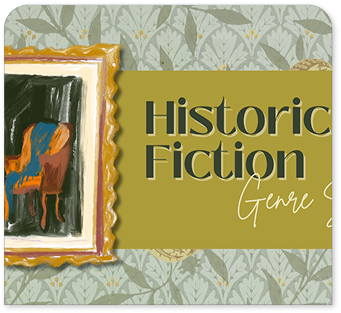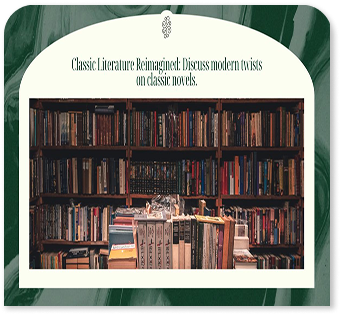-
Mon-Fri: 10AM to 8PM 01722665665
-
My Account
-
-
0
Total :
₹ 0.00

The book provides a comprehensive guide to understanding core concepts in computer fundamentals and computing software, specifically for BCA 1st-year students.
The book is authored by Puneet Kumar and published by Kalyani Publishers.
The book covers various topics, including computer appreciation, input and output devices, memory and data representation, software and hardware, programming languages, operating systems (DOS and Windows), and practical applications such as word processing, spreadsheets, and presentations.
Yes, the book is written in clear and concise English, making it suitable for both beginners and students with some prior knowledge of computing.
The book emphasizes the use of open-source software for word processing, spreadsheets, and presentation packages, allowing students to gain practical experience with widely used tools.
Yes, the book includes practical exercises and step-by-step instructions to help students apply the concepts covered, facilitating effective learning and understanding.
The exam will consist of four units, with a total of nine questions. Students must attempt one question from each unit and one compulsory short answer question that covers the entire syllabus.
Yes, the book includes solved examples and exercises, which aid in exam preparation and self-study.
Students will gain foundational skills in computer systems, software applications, and the ability to apply computing techniques in practical scenarios, which are crucial for their academic and professional careers.
Yes, with its comprehensive coverage of topics, solved answers, and practical exercises, the book is an excellent resource for exam preparation and revision.
No Description Added
The book provides a comprehensive guide to understanding core concepts in computer fundamentals and computing software, specifically for BCA 1st-year students.
The book is authored by Puneet Kumar and published by Kalyani Publishers.
The book covers various topics, including computer appreciation, input and output devices, memory and data representation, software and hardware, programming languages, operating systems (DOS and Windows), and practical applications such as word processing, spreadsheets, and presentations.
Yes, the book is written in clear and concise English, making it suitable for both beginners and students with some prior knowledge of computing.
The book emphasizes the use of open-source software for word processing, spreadsheets, and presentation packages, allowing students to gain practical experience with widely used tools.
Yes, the book includes practical exercises and step-by-step instructions to help students apply the concepts covered, facilitating effective learning and understanding.
The exam will consist of four units, with a total of nine questions. Students must attempt one question from each unit and one compulsory short answer question that covers the entire syllabus.
Yes, the book includes solved examples and exercises, which aid in exam preparation and self-study.
Students will gain foundational skills in computer systems, software applications, and the ability to apply computing techniques in practical scenarios, which are crucial for their academic and professional careers.
Yes, with its comprehensive coverage of topics, solved answers, and practical exercises, the book is an excellent resource for exam preparation and revision.


